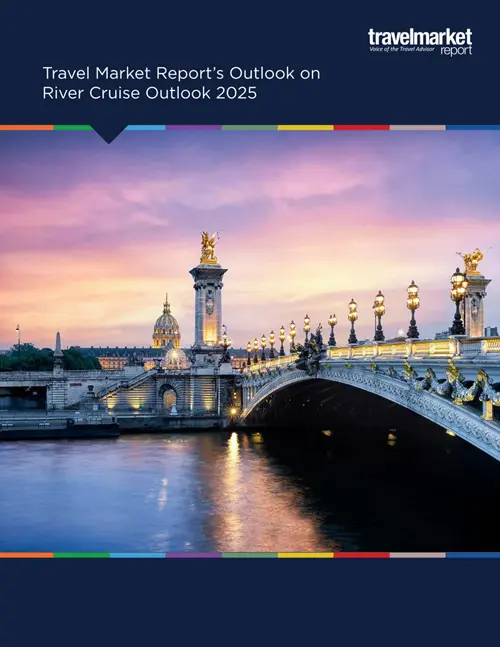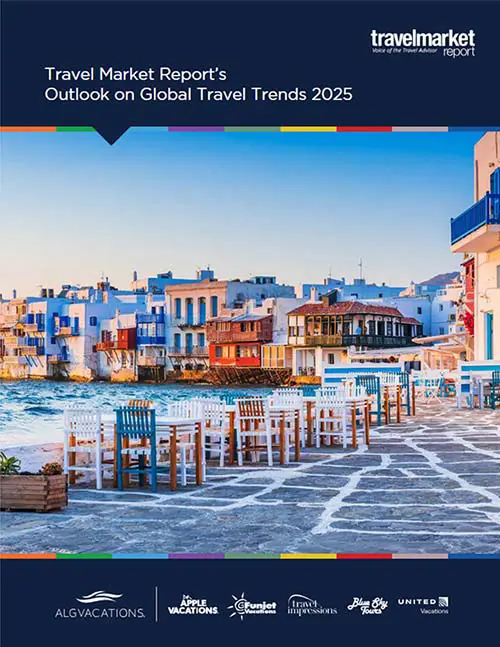What Maui Tourism Looks Like One Year After Deadly Lahaina Wildfires
by Briana Bonfiglio
It’s been one year since wildfires ravaged the town of Lahaina in Maui, Hawaii, killing more than 100 people and destroying homes and businesses, on Aug. 8, 2023.
The tragedy displaced more than 1,000 residents, many of whom found temporary shelter at hotels and resorts in West Maui. For about two months, tourism to the region dipped dramatically, and it was a delicate question of when travelers could return.
Right after the disaster, visitor arrivals dropped 58%. Maui tourism is now down about a quarter from where it was a year ago, before the wildfires, as it makes a “strong and steady recovery,” according to the Hawaii Tourism Authority (HTA).
Hawaii’s Department of Business, Economic Development and Tourism (DBEDT) has shared some other numbers on the current state of Maui tourism:
- Visitors are down 21.8% in June 2024 (216,065 visitors) compared to June 2023 (276,136).
- Visitor spending is down 27.1% in June 2024 ($451.7 million) compared to June 2023 ($619.4 million).
- In the first half of 2024, visitors to Maui were down 23.8% (1,132,234 visitors) compared to the first half of 2023 (1,485,757).
- In the first half of 2024, total visitor spending was down 24% ($2.64 billion) compared to the first half of 2023 ($3.47 billion).

Attitudes toward tourism
There were heightened concerns about tourism’s impact on Maui’s environment following the wildfires. But a renewed emphasis on responsible tourism and its importance to the local economy has largely reclaimed the narrative.
Most locals are now “eager to resume a semblance of normalcy, eager to return to work, and extend a warm welcome to guests,” Ilihia Gionson, public affairs officer for HTA, told TMR.
“Our latest numbers show that the majority of Hawaii residents agree that tourism is beneficial to our community,” she added. “That’s a reflection of work in recent years to empower the community voice in driving tourism’s future.”
To amplify this message, HTA has launched a new marketing campaign: “The People. The Place. The Hawaiian Islands.” The project highlights all the different types of Maui residents who benefit from tourism, from musicians, lei makers, and fashion designers, to chefs, farmers, cultural practitioners, and many others.
Chef Peter Merriman, owner of Merriman’s and Handcrafted Hospitality in Maui, helped distribute free meals when the wildfires struck. “Locals are welcoming tourists,” he told TMR. “There is a discussion of how much tourism, but that’s no different than many parts of the world.”
“One way or another, I’m confident that when it is all said and done,” Merriman added, “it will be a better Lahaina for tourists than we had before.”
Andie Mue, managing director of Aqua-Aston Hospitality, which oversees seven condominium resorts on Maui, including five in Lahaina, told TMR that the aftermath of the wildfires “has negatively impacted jobs, and many businesses are suffering,” therefore locals are open to those who visit respectfully and support local businesses.

Rebuilding responsibly
More than ever, the future of Maui tourism is rooted in responsibility. Last month, Hawaii’s state government enacted 16 bills centered around environmental protection and enforcing sustainable tourism practices.
“These bills represent significant steps forward in safeguarding Hawaii’s environment and promoting responsible tourism,” said Hawaii Gov. Josh Green. “They reflect our continued commitment to preserving Hawaii’s natural beauty and cultural values for future generations.”
One of the laws mandates that HTA establish destination management plans for each county, including in Maui, to strengthen the collaborative work it already does to “build the social infrastructure and systems to manage the flow of visitors in sensitive spots, addressing resident concerns,” Gionson said.
HTA recently launched Qurator, an online business directory that certifies travel suppliers that contribute positively to the communities they operate in. Travel advisors can use this resource to plan sustainable Hawaii trips, from tours and attractions to accommodations and dining.
Hotels are contributing to responsible tourism on the island by promoting what locals call “traveling pono,” or visiting with respect and sensibility.
Aqua-Aston Hospitality has implemented new pre-arrival communication systems so that guests know what to expect. They remind visitors not to enter restricted areas in Lahaina, not to take photos of destruction and rebuilding in the town, and to remain sensitive to the situation when speaking to staff and other locals.
“Many locals, including our hotel staff, have lost loved ones and homes and are still recovering from this traumatic event,” Mue said. “Guests must understand this and be respectful, avoiding questions that might be emotionally distressing.”
Meaningful Maui trips
Hawaii has also introduced the concept of regenerative tourism, where travelers come to Maui, especially with the purpose of aiding the local community during their stay.
HTA’s Mālama Hawai‘i program offers visitors ways to participate in volunteer projects alongside the local community. These include a myriad of enriching activities, such as planting native trees, restoring Hawaiian fishponds, engaging in sewing projects for local schools and nonprofits, and more.
Mue also recommends donating to or volunteering with the following organizations dedicated to Lahaina’s recovery: Nā ʻAikāne, Lāhainā Strong, Kipuka Olowalu, Maui Cultural Land Trust, Aloha Puʻu Kukui, and Lāhainā Restoration Foundation.

Hospitality rebounding
All West Maui hotels and resorts – outside of those in the immediately affected area of Lahaina – have fully reopened. Displaced locals who were staying at hotels have now found more permanent housing. This includes hundreds of residents who lost everything and were staying at Aqua-Aston resorts. By spring 2024, nearly all families had been relocated.
The loss of most of Lahaina is, of course, a detriment to locals and visitors alike who enjoyed the once vibrant, close-knit coastal town. Marriott’s Maui hotels took the lull in guests to refresh public areas, complete renovations, and re-train staff; which included incorporating tributes to Lahaina.
“We have worked hard to bring some of the special touches of Lahaina to our hotels, including pop-up art, crafts and other uniquely Maui studios,” Jon Kimball, Marriott Bonvoy Hawaii’s market vice president for Hawaii and French Polynesia, told TMR.
Kimball wants travel advisors to know that this may even be the most opportune time to plan a Maui trip for their clients.
“Our resorts and beaches are pristine, and room availability is better than ever,” he said. “It is actually a great time to plan a visit with travel returning in stages and overall crowds down from traditional levels.”
























